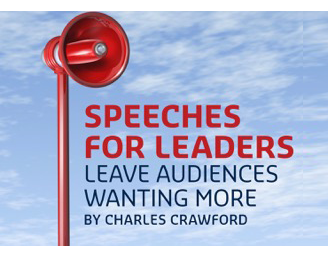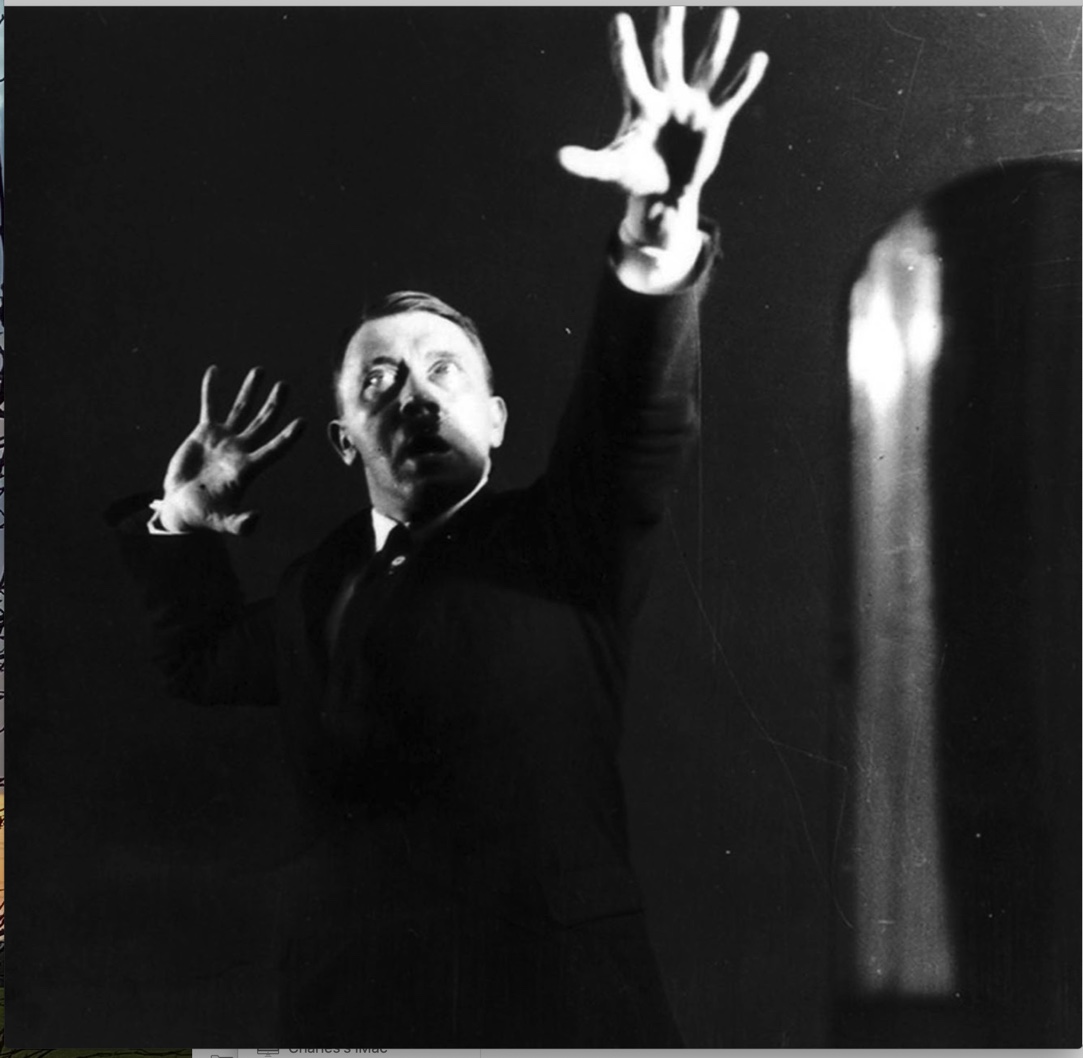I am startled by how many ostensibly sensible people suggest on the Internet that a good way to get over ‘fear’ of public speaking is to ‘practise in front of a mirror’.
No.
NO.
NO.
Why not? Let’s count the four ways.
First, it’s narcissistic. Pondering yourself orating from a close-up view is weird.
Second, it’s useless. You are not seeing yourself as the audience sees you.
When you give your talk or presentation, are people listening to you going to be a foot or so from your nose? Usually not. In fact they might be 30 metres or more away from you in a big room/hall. So what are you learning from scrutinising micro-gestures when most of the audience won’t even see them?
Third, you just can’t orate to yourself and analyse it at the same time. If you are focusing on doing one well, you can’t do the other.
Four? Hitler did it:
Never be like Hitler.
So, what’s better?
Insofar as we’re talking about getting ready to deliver a speech that has already been properly prepared, there are two basic aspects.
First, pace. How fast do you emit the words on the day? That should have been worked out as part of your preparation. But then making sure you do it is not so easy.
Here Orai can help. Orai has been upgraded. You can paste in your speech text and practise delivering it at different speeds, getting the app’s observations withal. This is in principle really helpful. The app also opines on energy, emphasis and so on.
Second, ‘body language’. How do you look as a whole to the audience? Are your posture and gestures reinforcing your words or subtly undermining them? If your words are intended to evince optimism or thoughtfulness or change or whatever, are YOU qua you evincing those things too?
My approach is not to worry too much about body language. Get the content right and you’ll be confident in it, and your confidence comes through naturally (enough). That said, maybe you do have some personal body language ‘mannerisms’ that are distracting or annoying. How to identify them?
The only way to do that is to watch yourself as an audience might see you, and look out for EXACTLY what you are doing and when.
That means using a smartphone or video camera. Set it up in the far corner of the biggest room you can use, and record yourself giving parts of your speech. Then take a deep breath and watch yourself.
Aaaaargh. Horrible.
Wait…
That bit looked and sounded ok. And that bit.
But the middle was a mess!
I had no idea that I was staring at one place all the time! And I simply wasn’t talking loudly enough. And I spoke too fast at that key moment.
It all went sooooo flat.
Let me do it again, and this time I’ll make sure that my eyes move around the room.
Step by step you move towards Amazing.
NO MIRRORS.
PS Some people insist that practising in front a mirror helps them. To which the answer is, so what? There are far better ways than that to help yourself quickly get good at public speaking. Plus even if you get some improvements, you may also be reinforcing some bad habits. You’ll certainly miss most of the things that help you improve by leaps and bounds.
See yourself as the audience sees you.
NO MIRRORS.












Excellent advice, Charles. Practicing in front of a mirror creates another problem – you don’t focus on your message. It becomes all about the appearance and not the impact of your main point. I also suggest clients practice in front of a camera. The video never lies, and you’ll see yourself as the audience will see you.